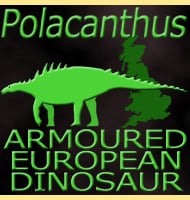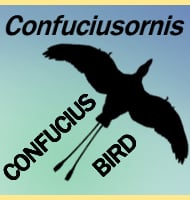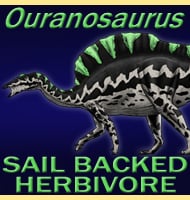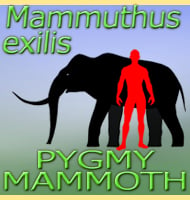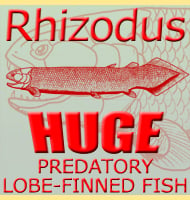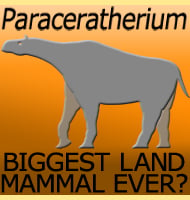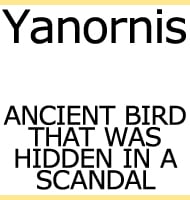In Depth
Sthenurus was a large kangaroo, similar to the better known Procoptodon. Analysis of Sthenurus fossil locations combined with carbon dating has yielded the conclusion that Sthenurus was a generalist herbivore that adapted to whatever plants were available. This is because analysis shoes that at some times and locations Sthenurus would be a browser of vegetation and at others a grazer of grass, but most importantly these times form up a mixed sequence that does not support the progression from one kind of foraging to another. Additionally there are other deposits that hint that Sthenurus browsed and grazed at the same time.
Part of this dietary adaptability came from the teeth which had a thick covering of enamel. Although better suited for tougher vegetation, these teeth would have worked perfectly fine upon softer plants too. As a kangaroo Sthenurus would have also been flexible enough to get down low for grazing, or rising up on its legs to reach vegetation that was beyond the reach of smaller herbivores. When doing so Sthenurus may have relied more upon its tail to act a makeshift ‘third leg’ since while the tail was shorter than in some kangaroos, it was especially robust in its makeup. This might have been to compensate for the extra weight of the body of Sthenurus which overall also seems to have been of a strongly robust build. Sthenurus also possessed a degree of stereoscopic vision which would have helped it with depth perception (the ability to judge distances), something that would help it reach out at branches with its arms.
One difference between Sthenurus and the modern red kangaroo (Macropus rufus) is that the feet of Sthenurus were formed from a single (fourth) toe, rather than the three toes of the red kangaroo. This single toe ended in a nail that was more like a hoof, and was probably formed because a single toe would have been better able to support the extra weight of the larger body, especially when Sthenurus was travelling at speed. These enlarged single toes can also be seen on other large kangaroos like the aforementioned Procoptodon.
Further Reading
– A new species of Sthenurus (Marsupialia,Macropodidae) from the Pleistocene of New South Wales. – Records of the Australian Museum 25(14):299-304. – L. F. Marcus – 1962. – Sthenurus (Macropodidae, Marsupialia) from the Pleistocene of Lake Callabonna, South-Australia. – Bulletin of the American Museum of Natural History (225): 23. – Roderick Tucker Wells – 1995. – Systematics and evolution of the sthenurine kangaroos. – UC Publications in Geological Sciences, University of California Press 146:1-623. – G. J. Prideaux – 2004. – Role of development in the evolution of the scapula of the giant sthenurine kangaroos (Macropodidae: Sthenurinae). – J. Morphol. 265 (2): 226–236. – K. E. Sears – 2005

